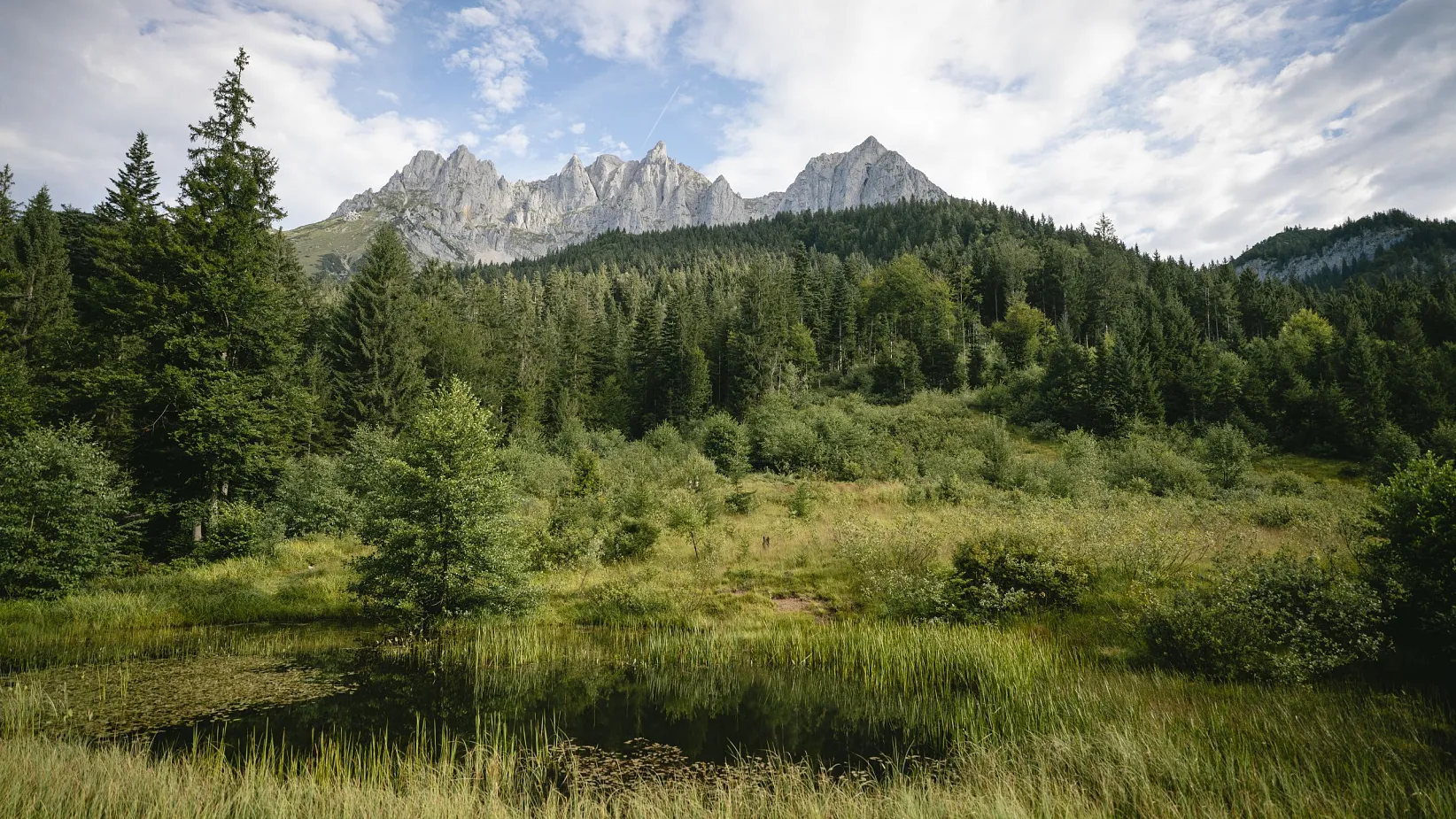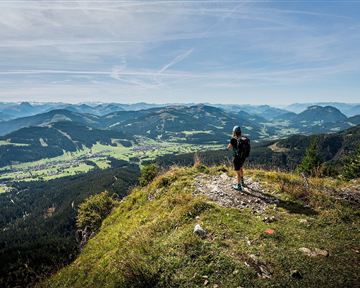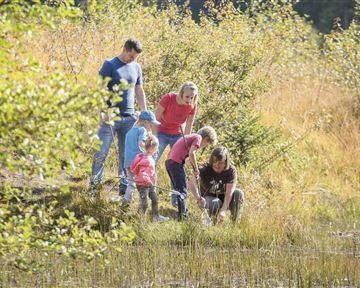Ramsar Conservation Area: Moors in the Wilder Kaiser Region
Conservation of wetlands and their biodiversity in the Kaiser Mountains
If you've never heard of a "Ramsar protected area", you definitely don't live near a protected wetland - because that's exactly what the so-called "Ramsar Convention" is all about. It is an agreement concluded in 1971, the drafting of which was initiated by UNESCO. It was initiated by UNESCO in the Iranian city of Ramsar, to which the convention - one of the oldest international treaties on nature conservation - owes its name. Since then, 168 countries have signed the convention.
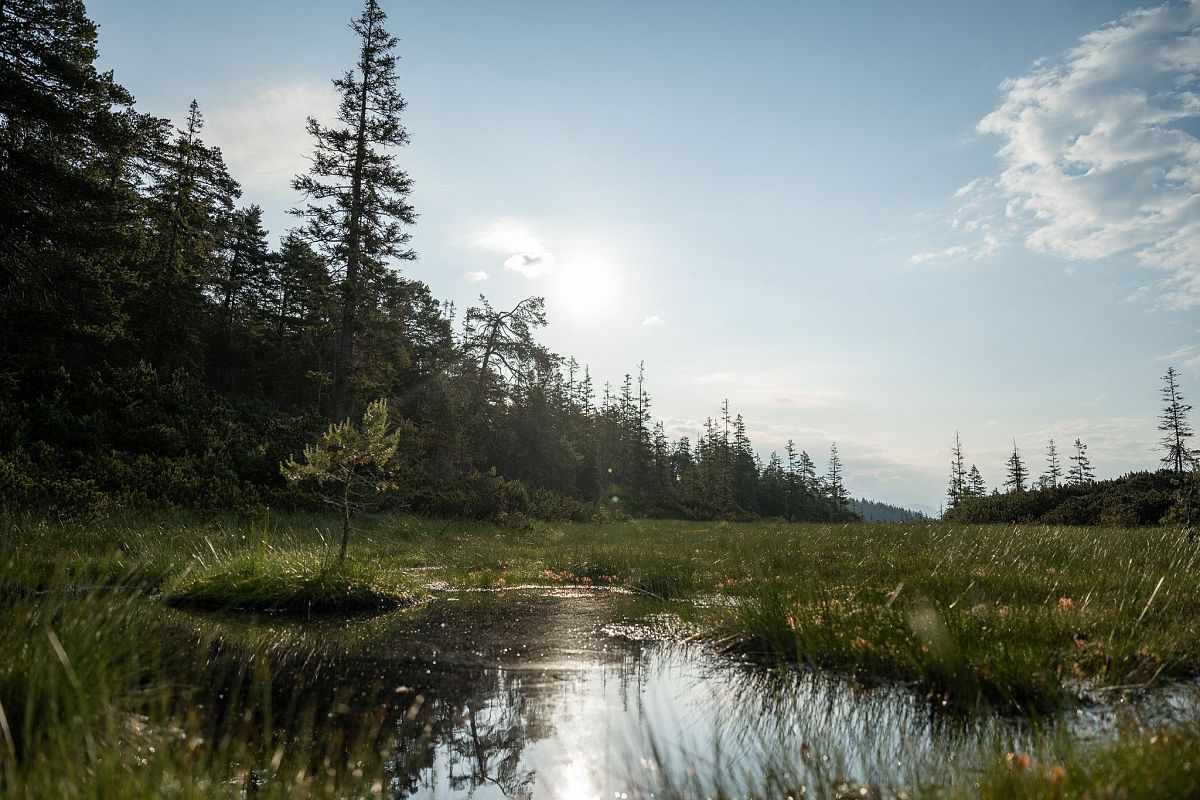
The protected moorland area at the Wilder Kaiser.
What does all this have to do with the Wilder Kaiser?
There are currently 23 Ramsar sites in Austria, one of which is the Wilder Kaiser. The mountain range, which combines several types of wetlands, has been under the protection of the "Ramsar Convention" since 2013. In addition, the entire Kaiser Mountains have been a nature reserve since the 1960s. Even though both conservation agreements are the result of human endeavours, their purpose is to protect what was there long before humans arrived.
Facts, figures & data
- Area: 37.8km²
- Location: Kufstein, St. Johann in Tirol, Kirchdorf in Tirol, Going, Ellmau, Scheffau
- Altitude: 480-2,344 m
- Ramsar site since 2013
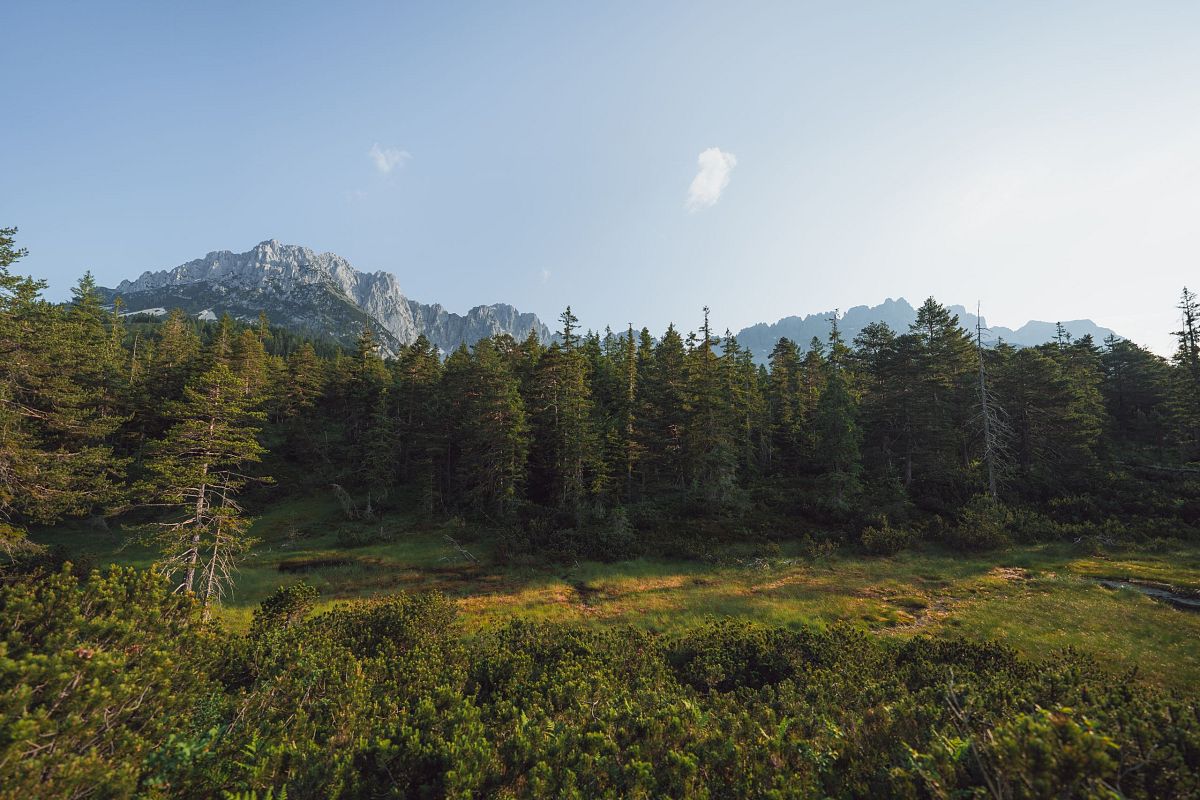
The high moor in Ellmau is part of the Ramsar conservation area.
Fauna & Flora
Peatlands from the Ice Age
If you look back far enough, you will come across incredible animals that once inhabited the Wilder Kaiser. Before the last ice age, cave bears, cave hyenas, cave lions and reindeer made their home in the "Koasa" - as proven by hundreds of bones found in the Tischhofer cave. Highly sensitive habitats such as the Hüttlmoos, Windwehenmoos and Steinbichlwaldmoor, which are all Ice Age relics, require comprehensive protection. While they were drained in the 1950s, they have been renaturalised thanks to the initiative of Österreichische Bundesforste AG, the largest landowner, and with the support of the province of Tyrol.
The moorland areas are home to numerous animal specialists such as rare dragonfly species, spiders, grasshoppers, beetles, butterflies and over 43 bird species. Fish, snails and mussels are not found in bogs. They lack calcium there. Special bog plants are the three carnivorous plants, the sundew, the butterwort and the water hose. You can also find mountain pines with various heather and bog plants and the interspersed dwarf birch.
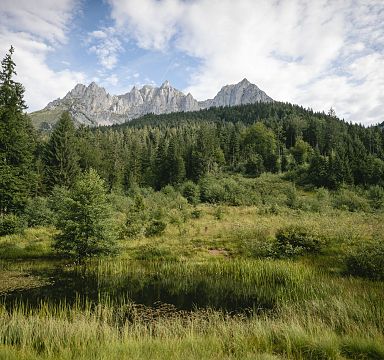
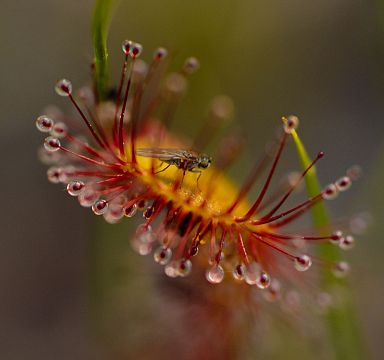
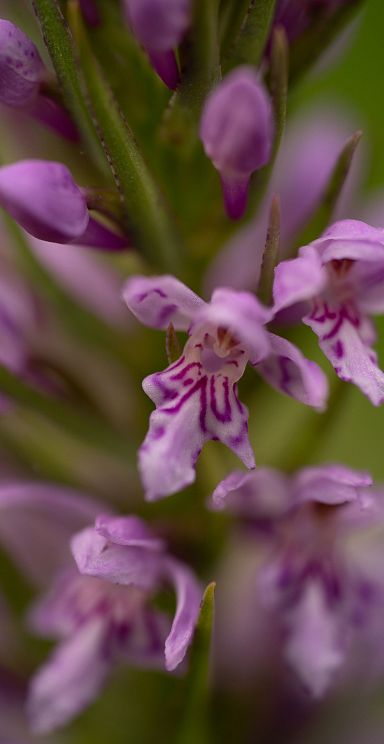
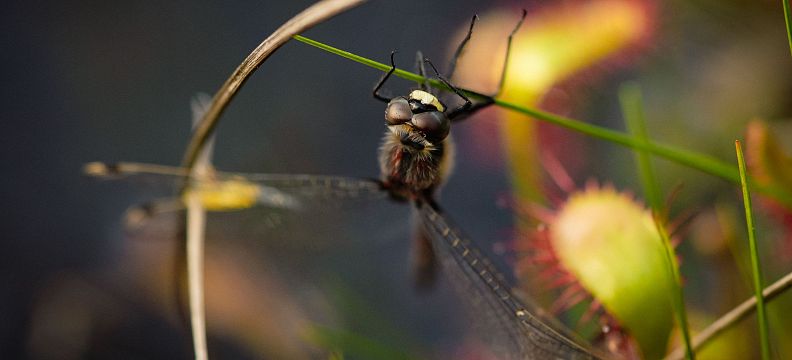
Moor & More
On adventure trails through the nature reserve
Moorland adventure trails and hiking routes were also created with great flair. Under the motto "Moor & More", an "outdoor classroom" was created with themed panels for self-guided excursions. Based on the expert suggestion of Prof. Dr Gert Steiner from the University of Vienna, a significant part of the nature reserve, a karst area, was included in the Ramsar site alongside the most important moors.
Moorwanderung in Going am Wilden Kaiser
